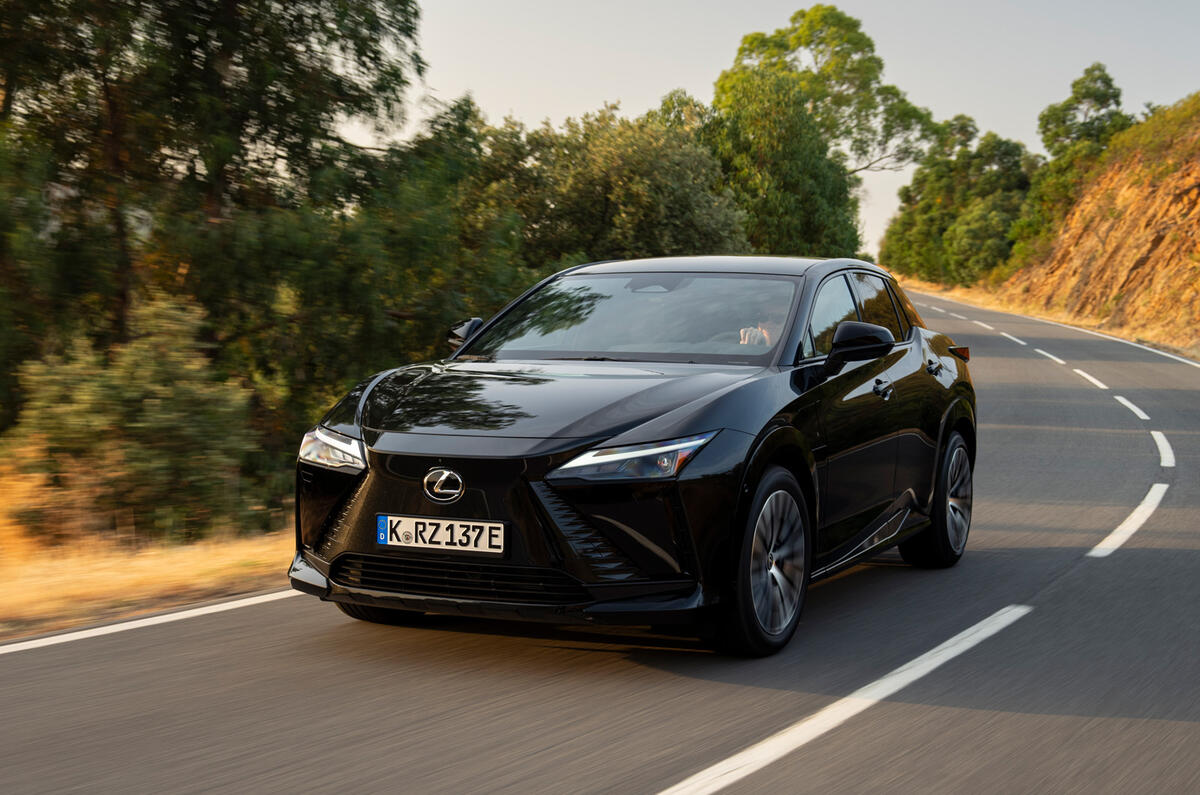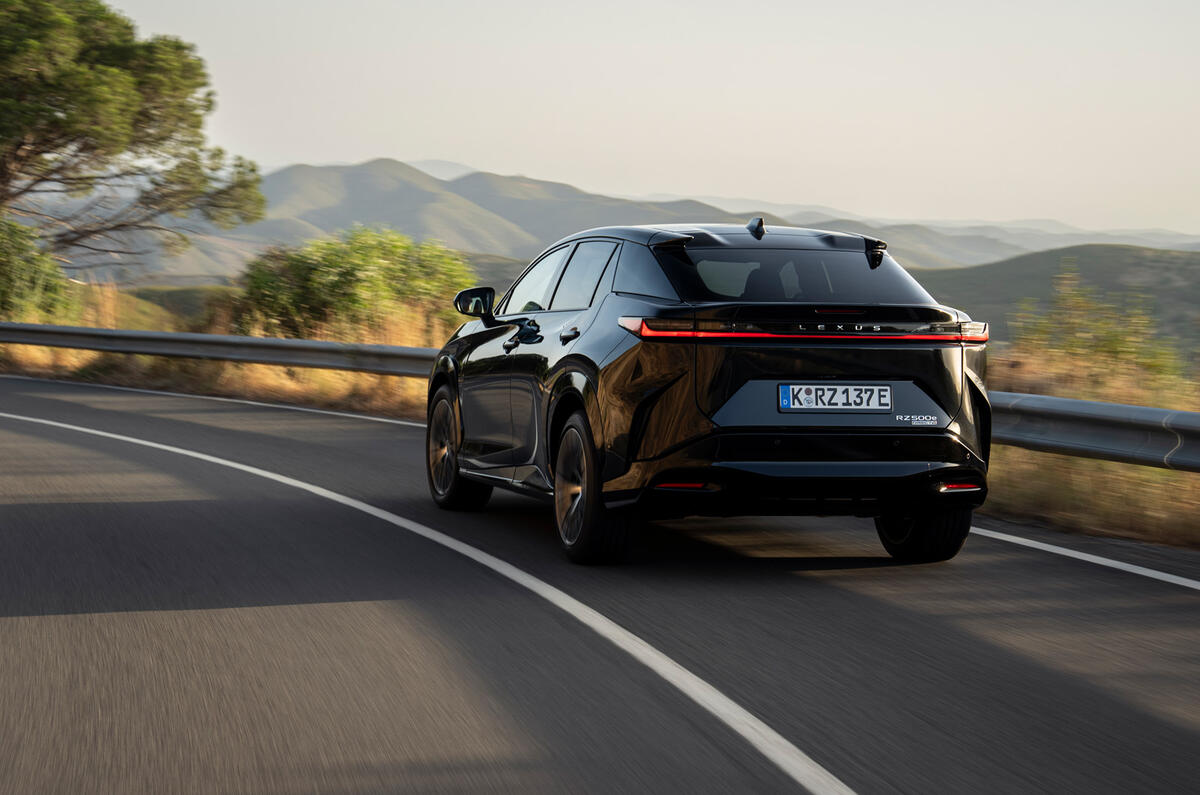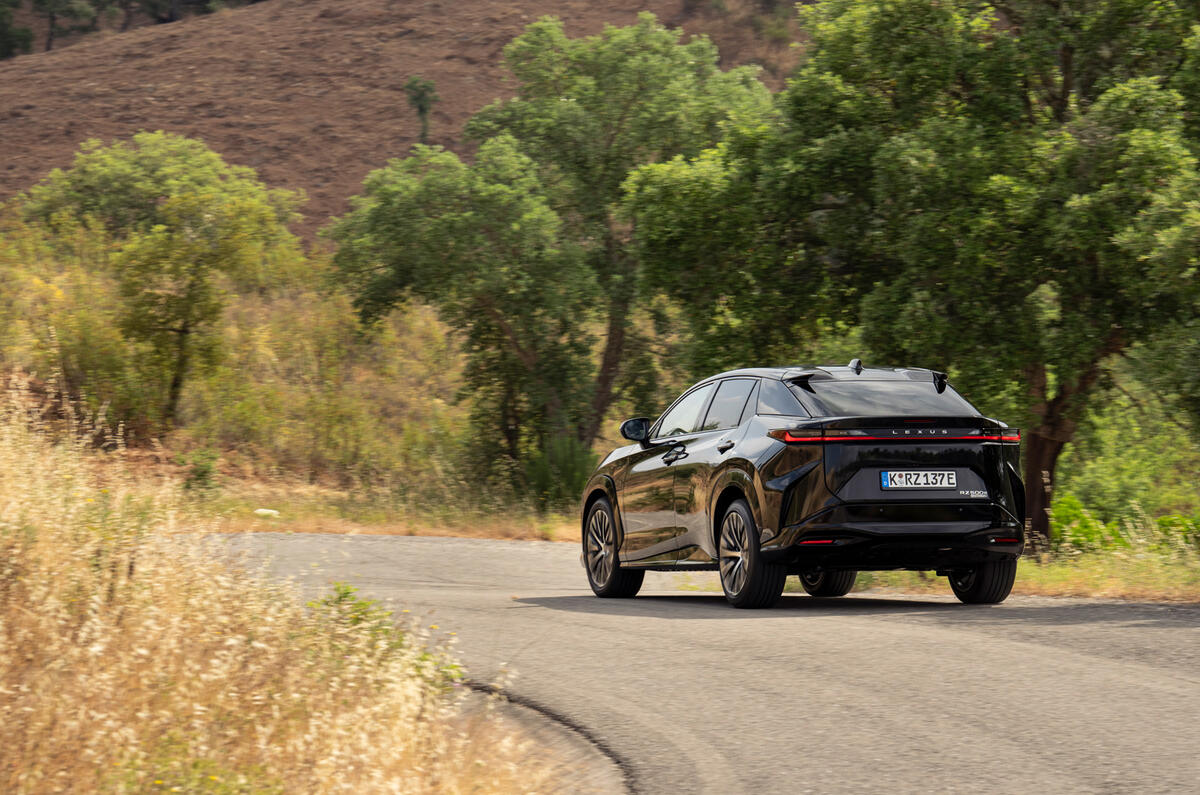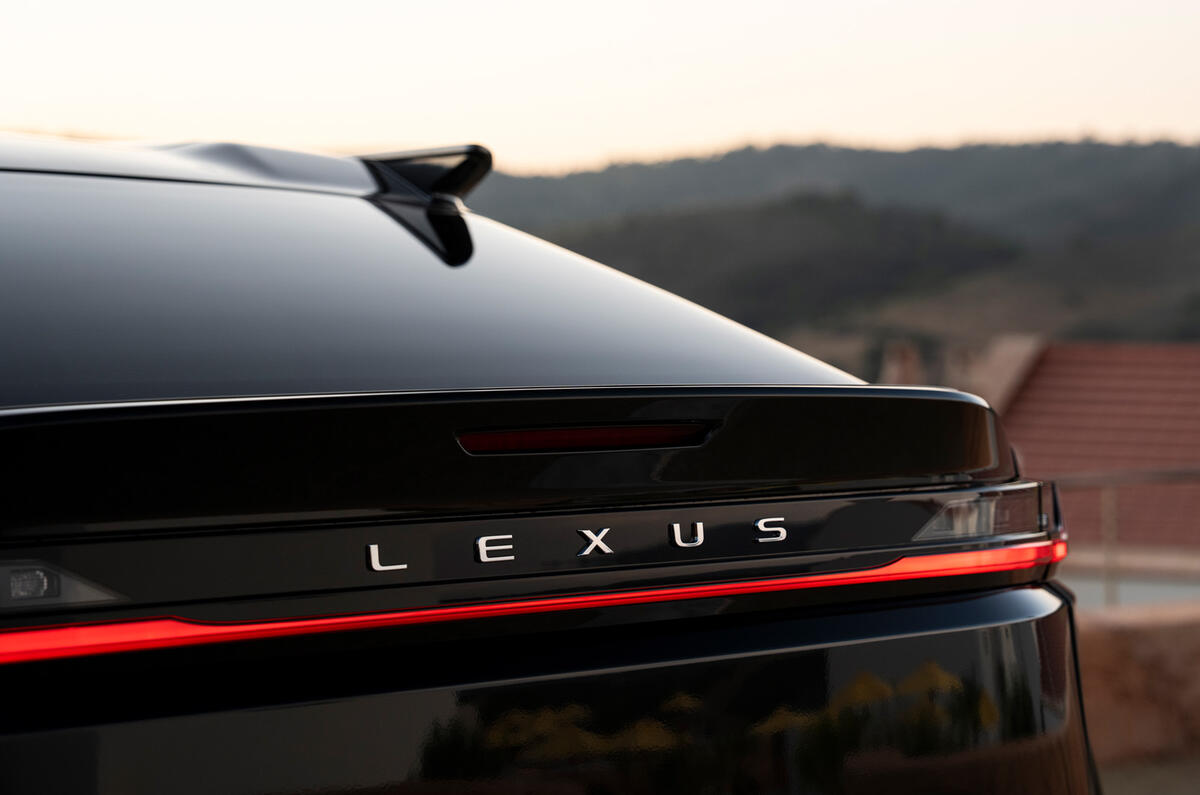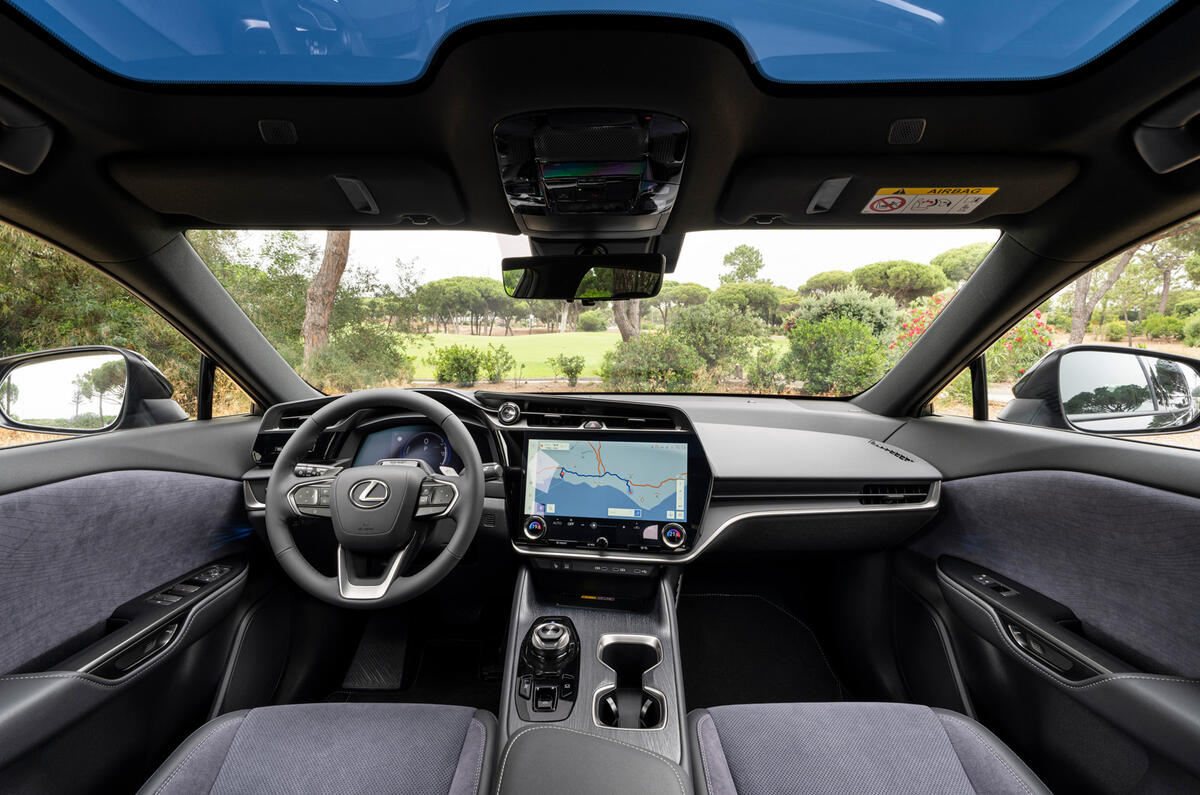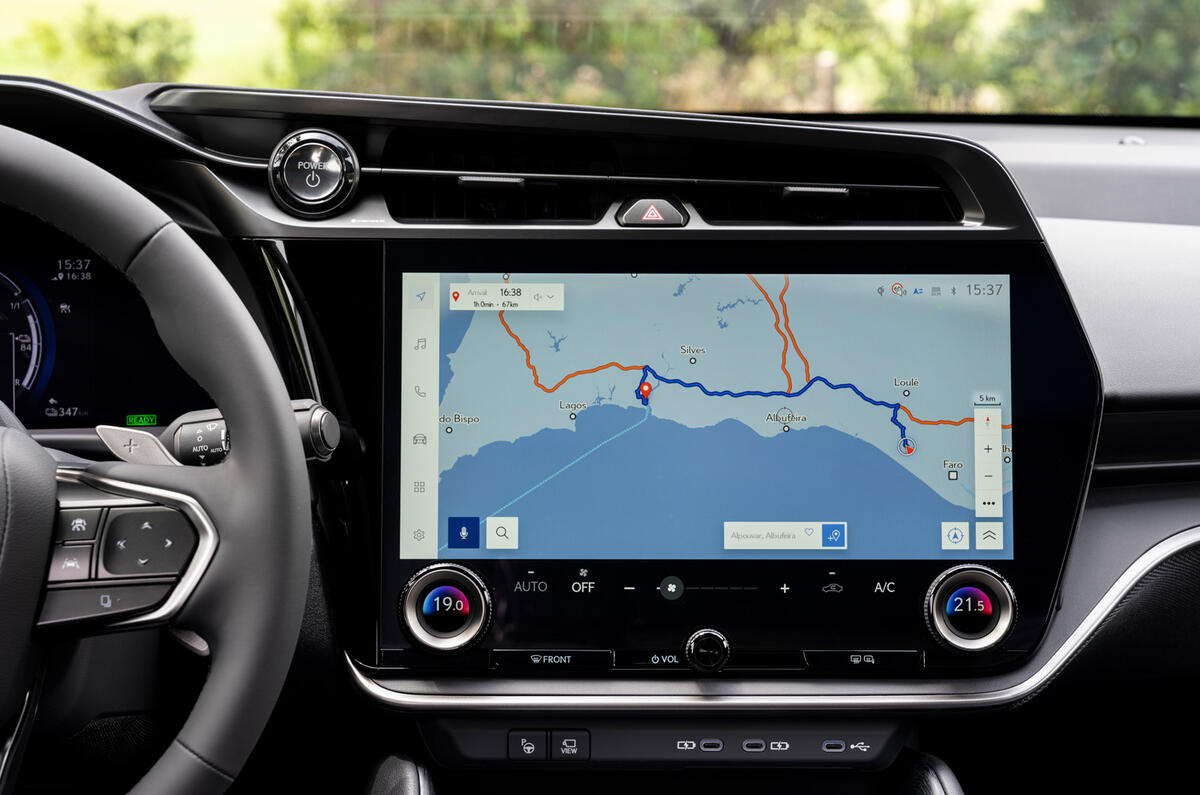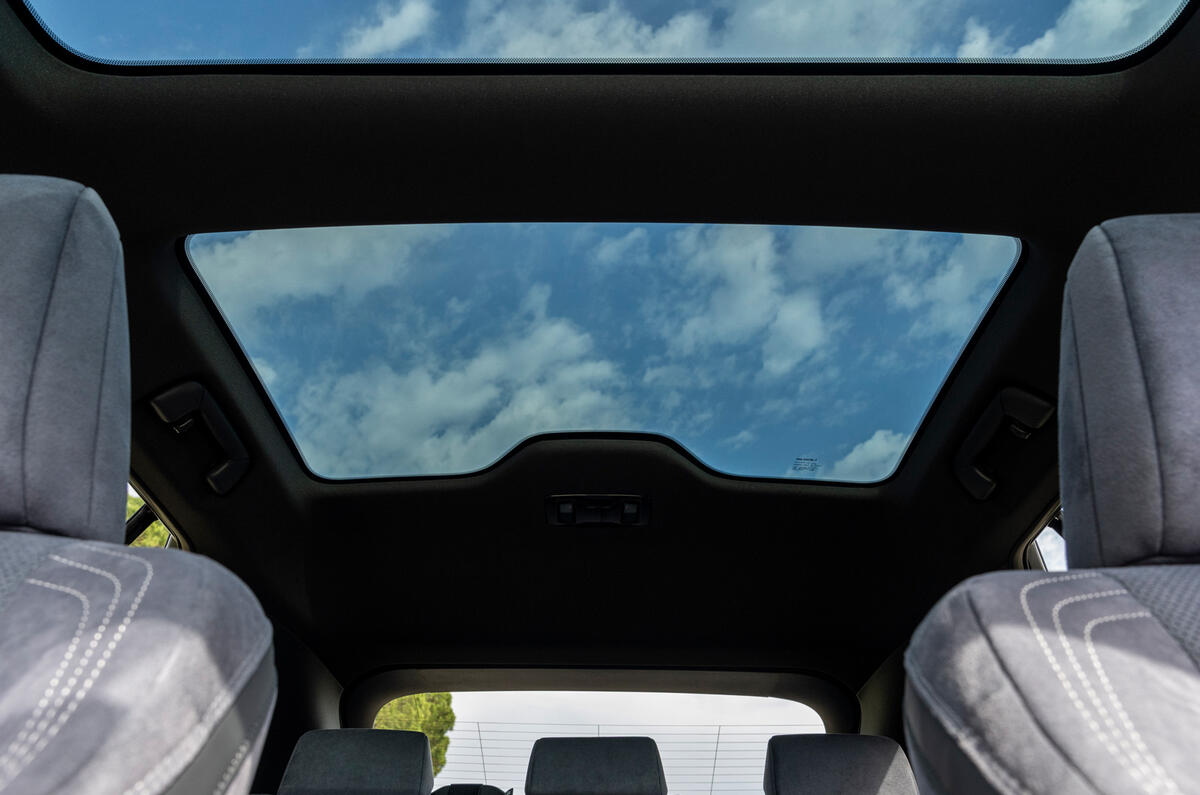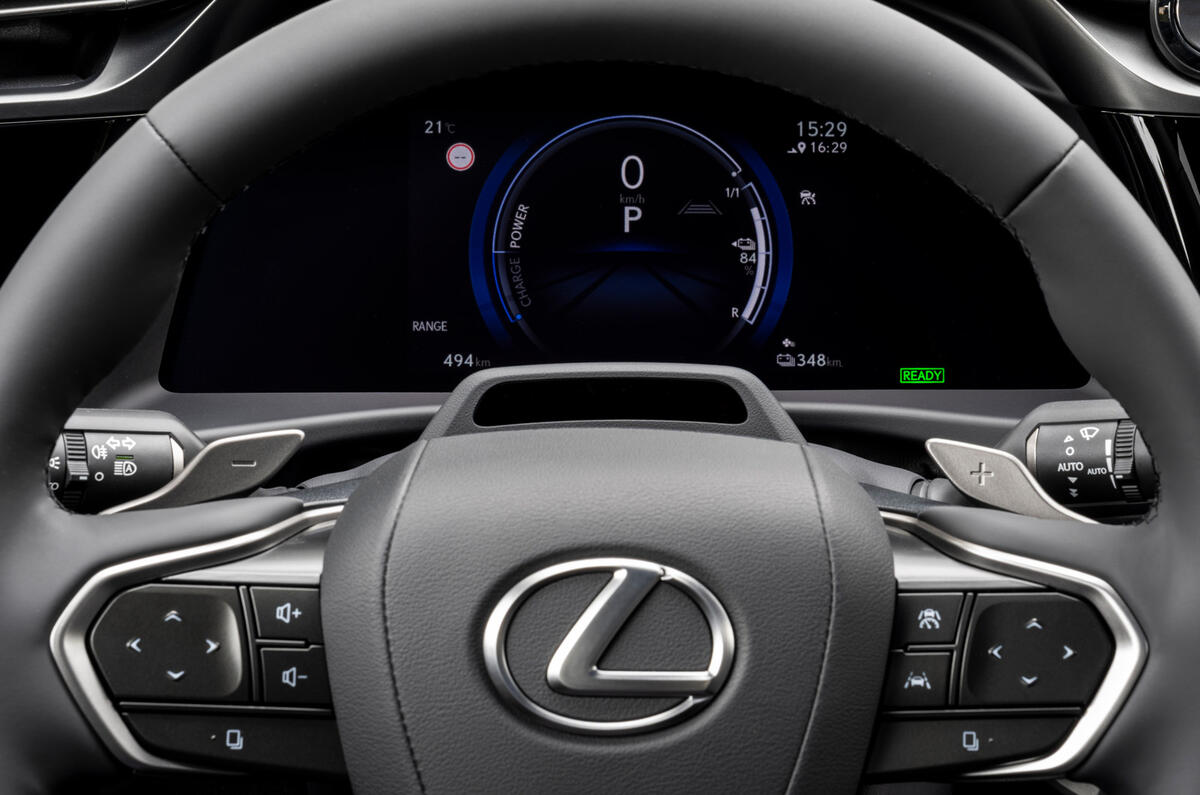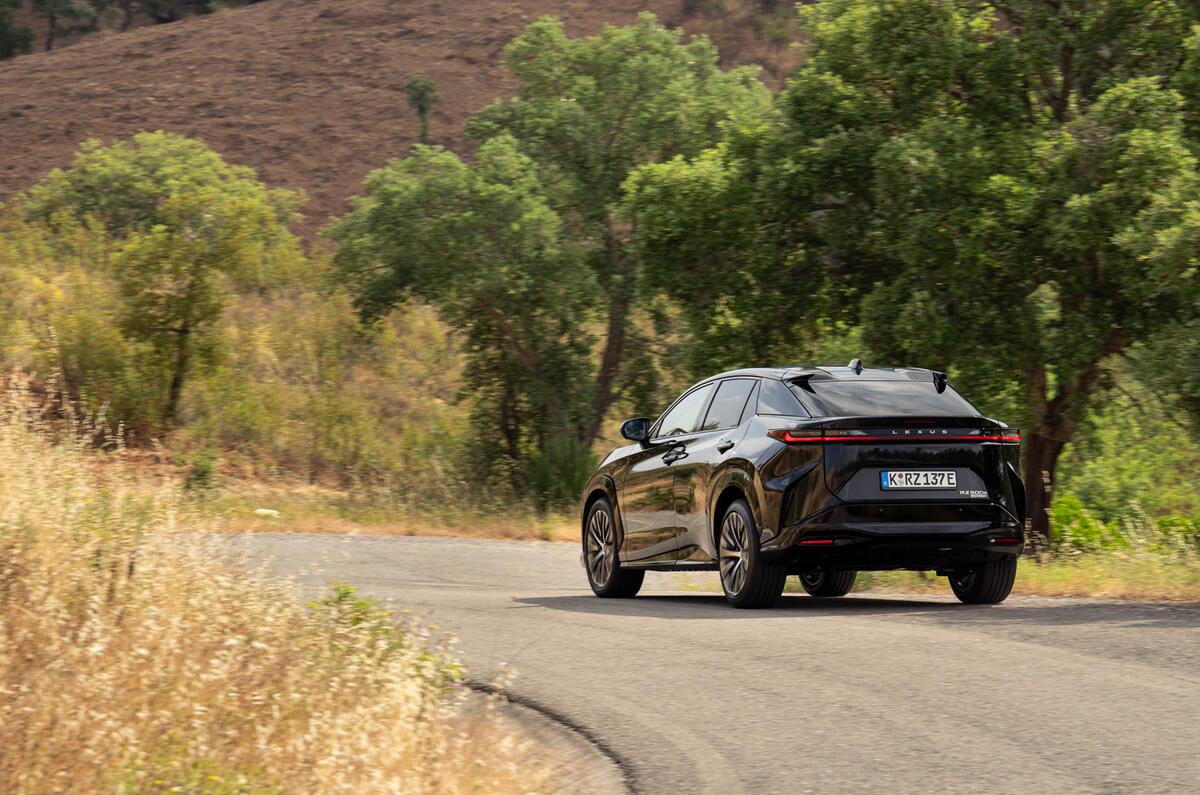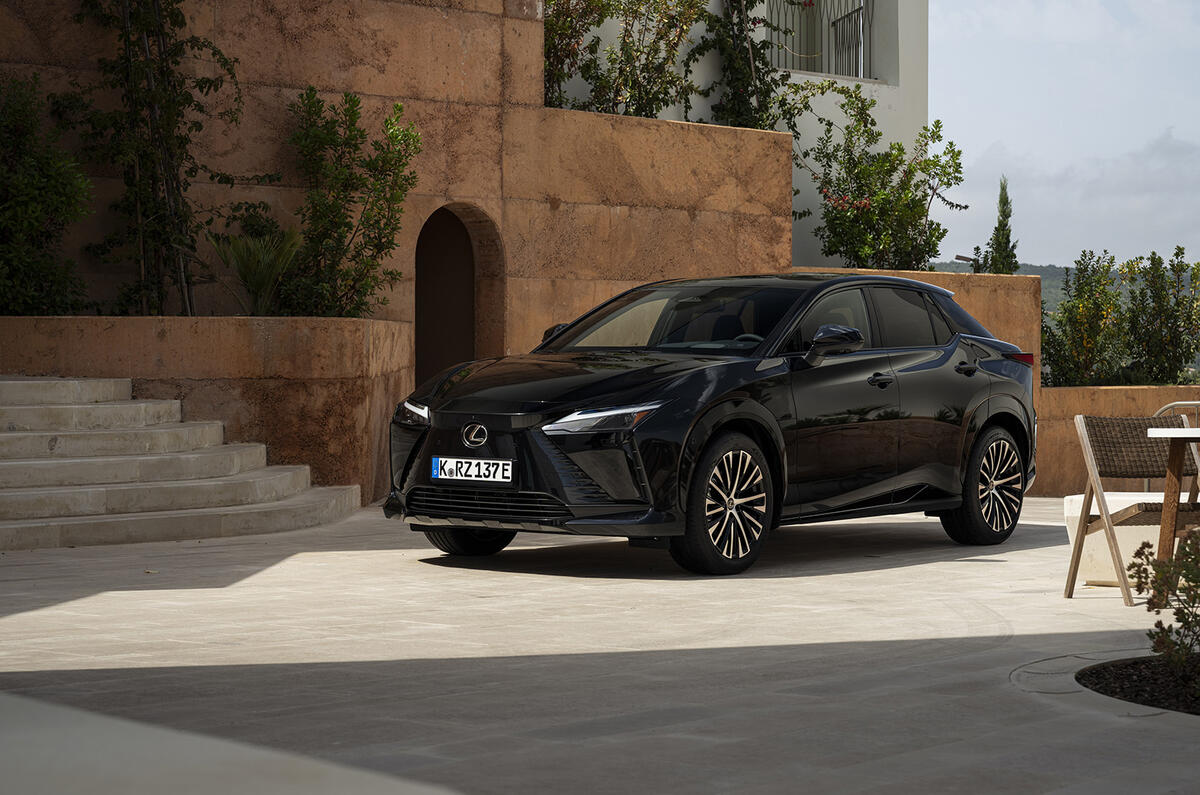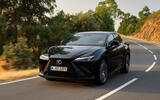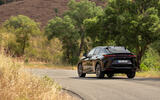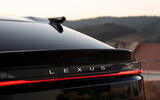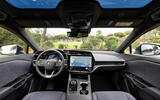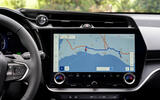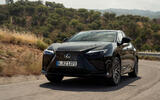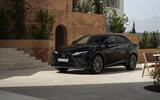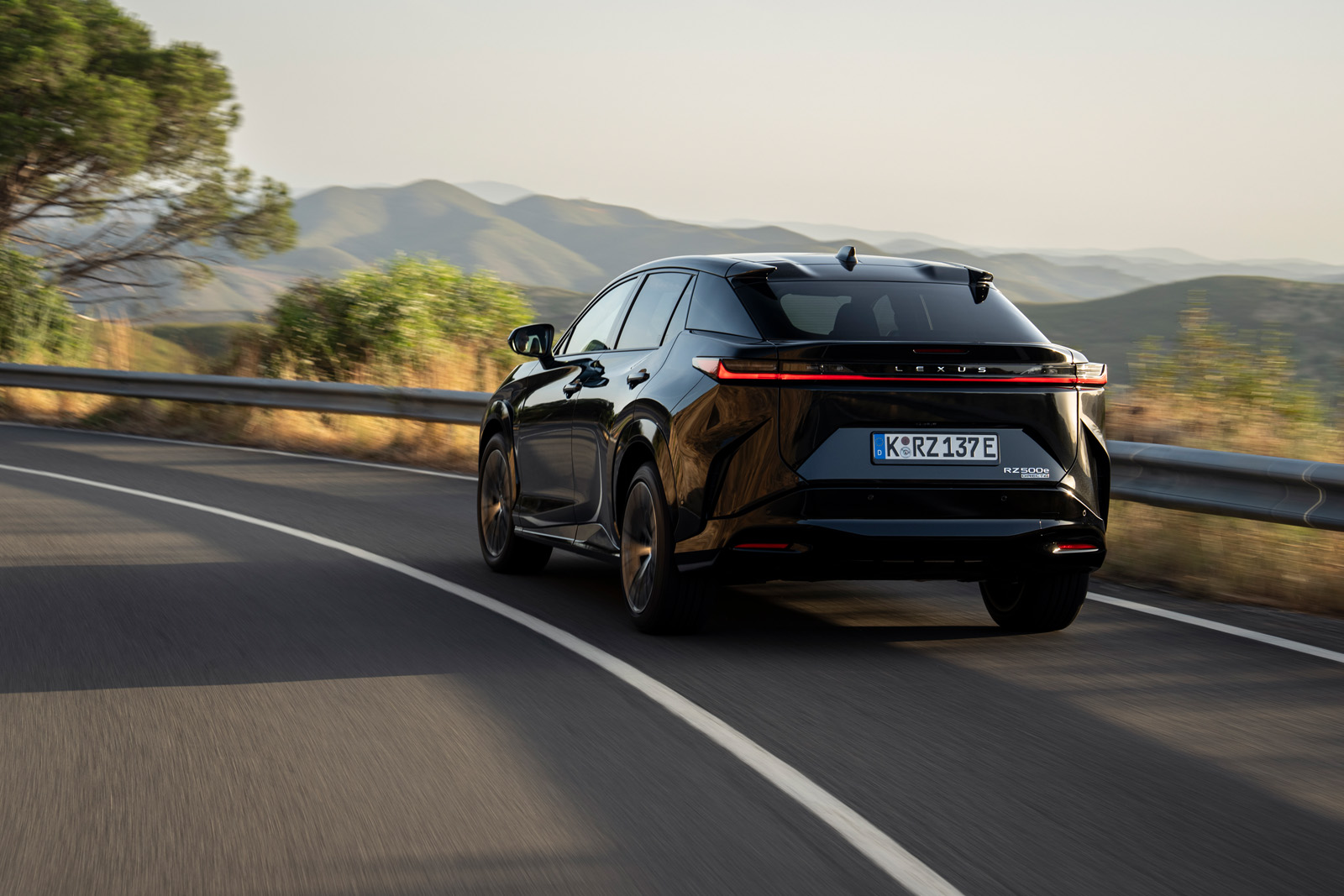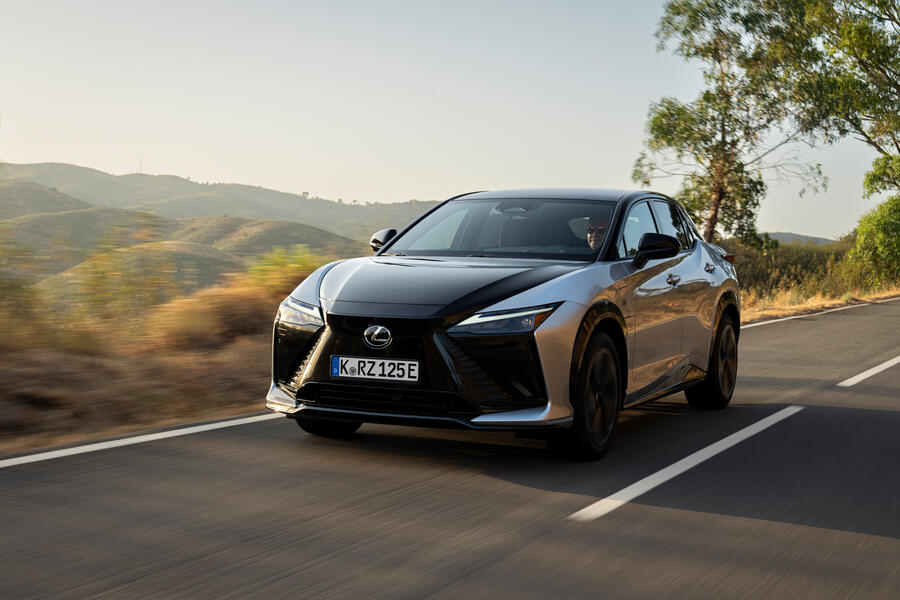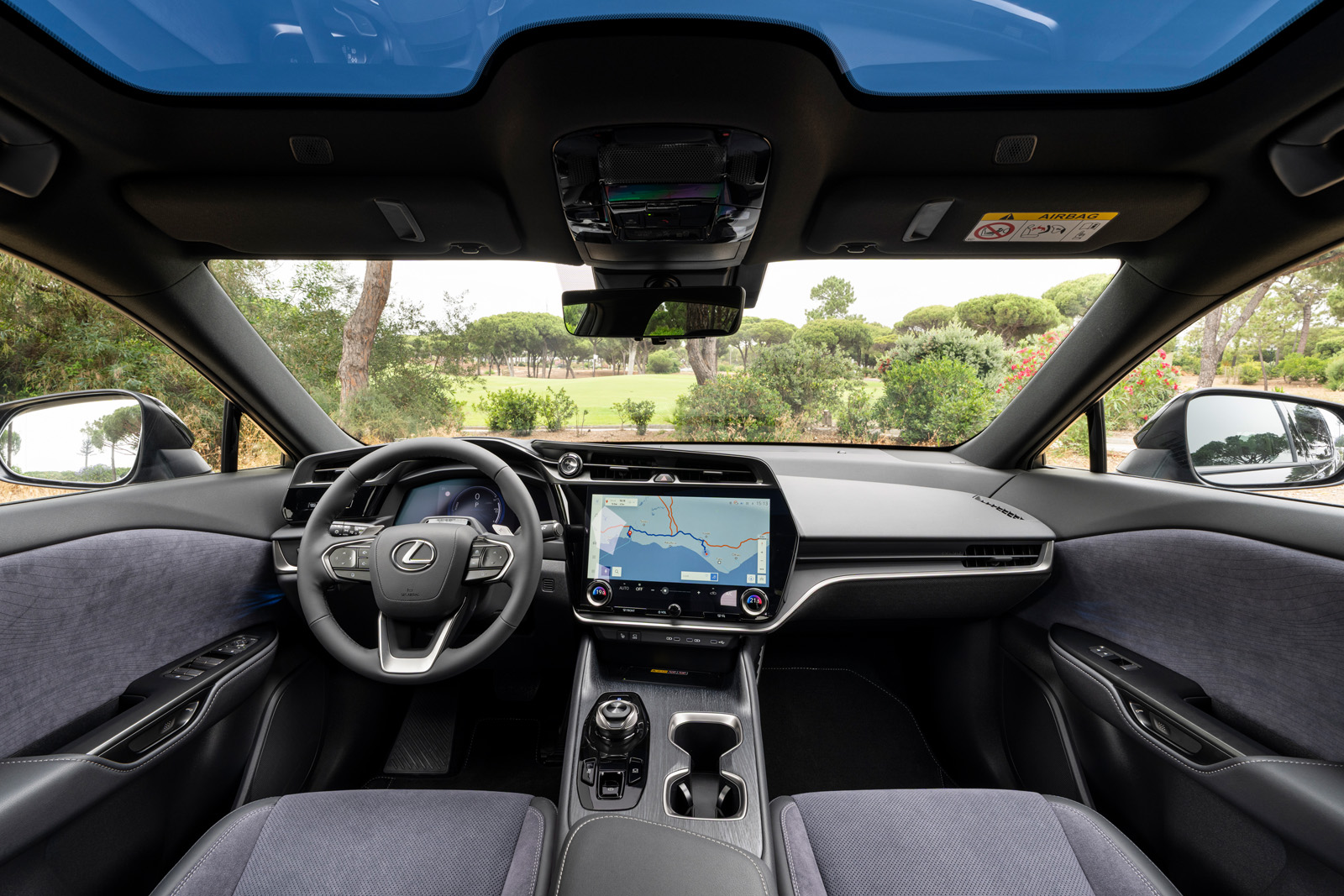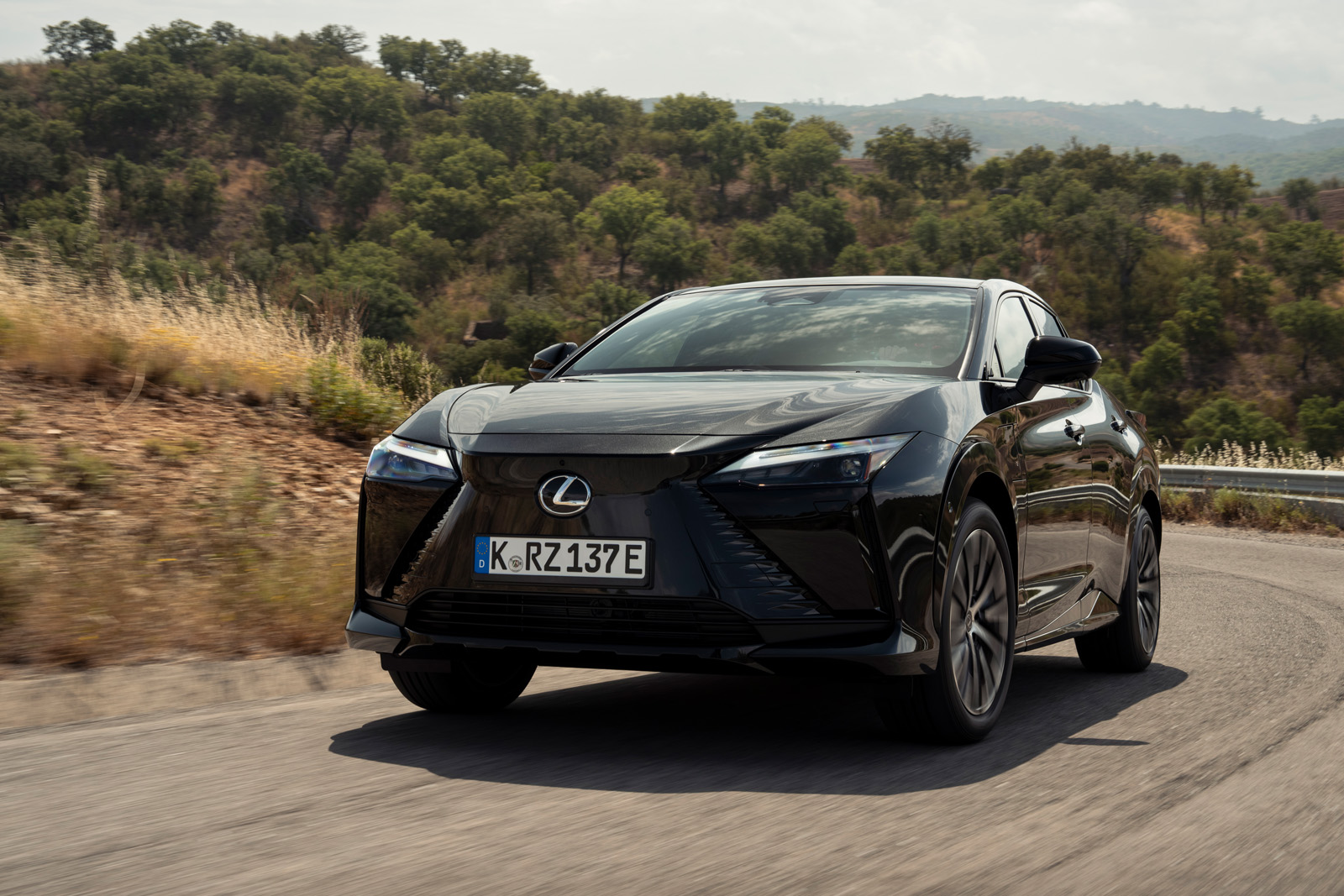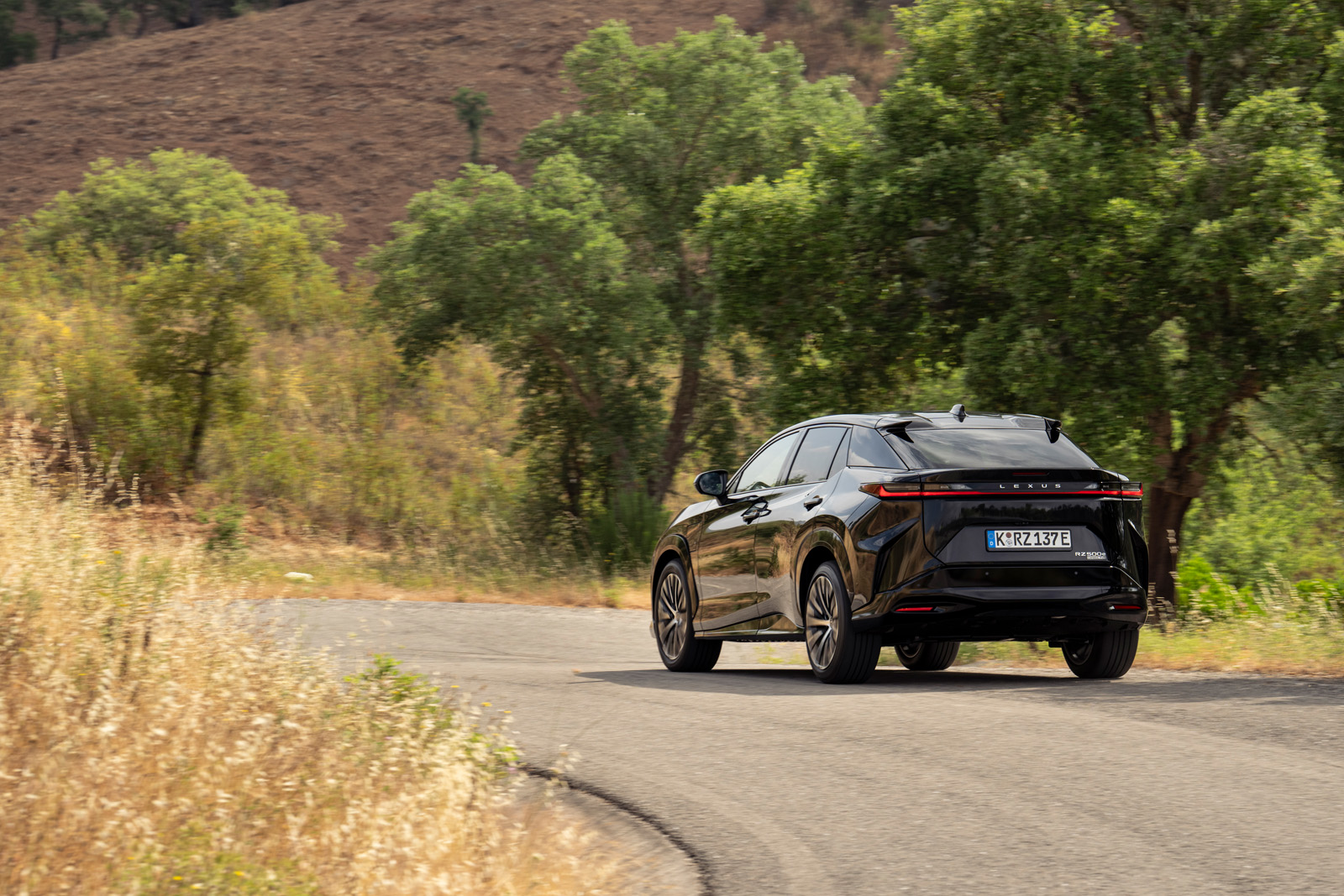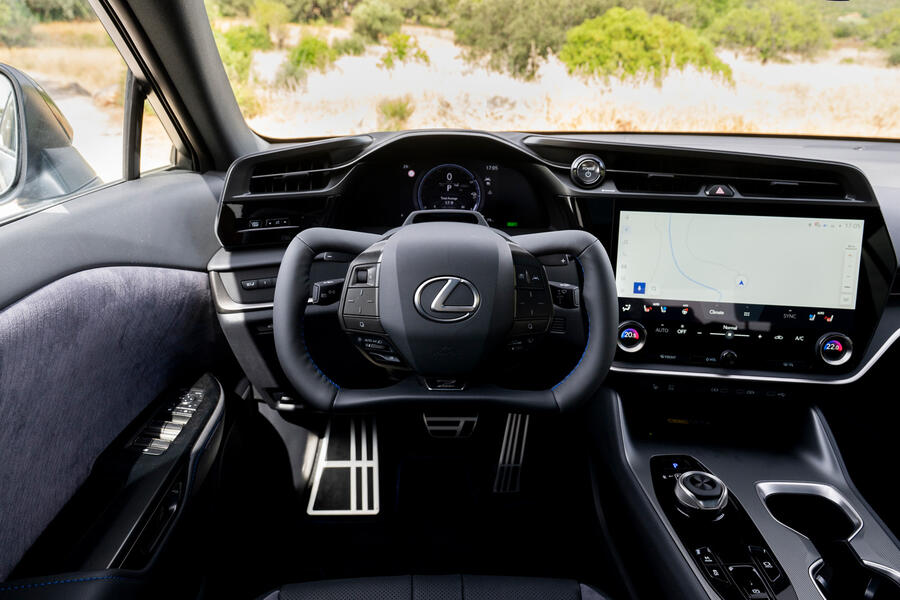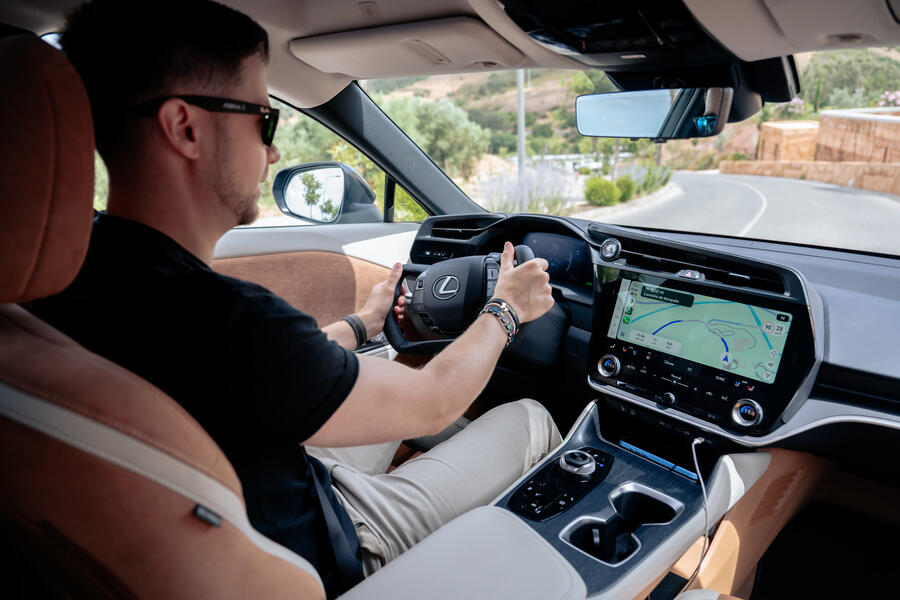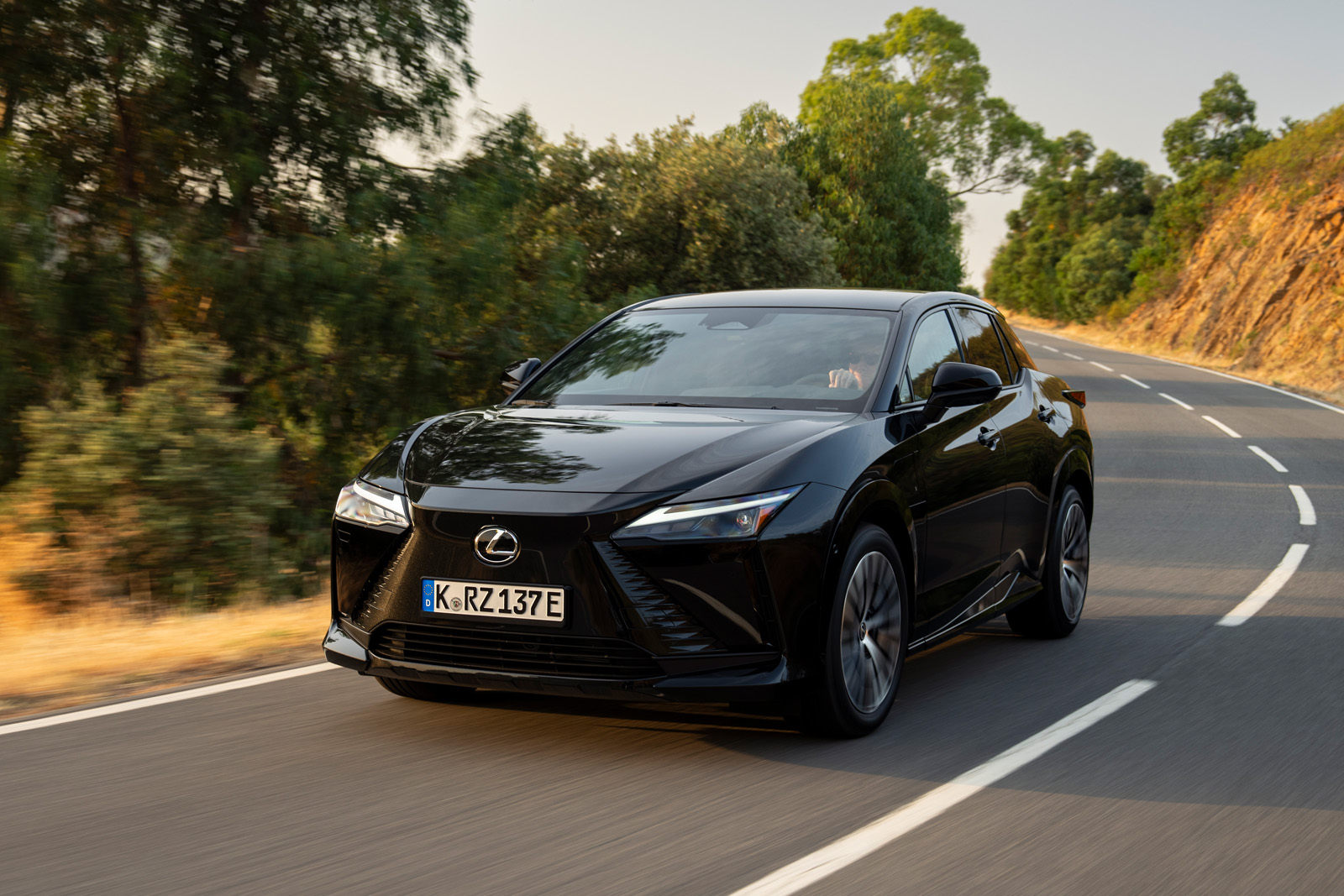With so many cars spuriously purporting to be sporty or have racing genes, it’s refreshing when the presentation for a new one hardly even mentions athleticism.
The Lexus RZ is the firm’s flagship electric car and instead its aim is to offer “confidence, control and comfort”.
That ethos remains in 2025, but thanks to a mid-life update, the RZ now has up to 402bhp, the promise of improved handling and, most importantly, a much longer range than before.
While many mid-life updates take the form of minor design changes or some additional equipment, the revised RZ actually brings a host of firsts for the luxury Japanese brand.
It’s the first electric Lexus with a performance F Sport trim level and the first car in the UK available with a steer-by-wire system, complete with a yoke for a steering wheel and simulated manual gearshifts.
The RZ is still the flagship Lexus EV. The firm has also had the UX 300e for a while, but that was never quite a heavy hitter, whereas this car is and goes toe to toe with the likes of the Tesla Model Y, Nissan Ariya and Hyundai Ioniq 5.
Before, it suffered from a major flaw - an electric driving range that was far below that of its competitors.




